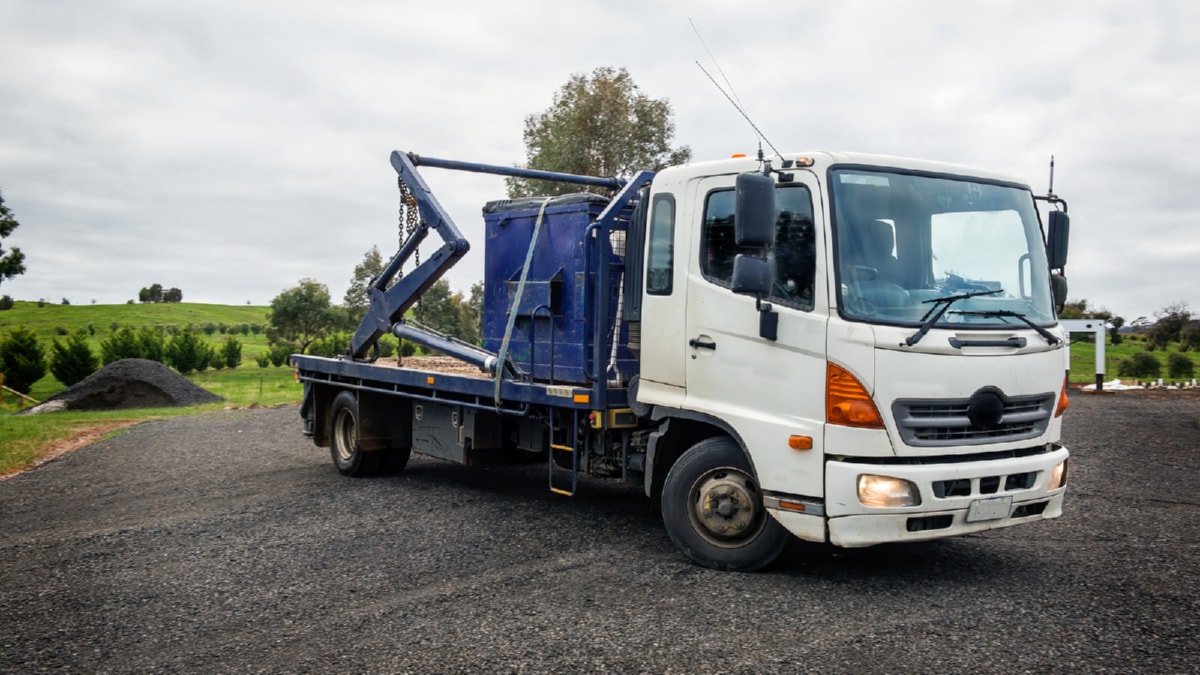Sustainable construction is the practice of creating structures and using processes that are environmentally responsible and resource-efficient throughout a building’s life cycle. An understanding of sustainable construction is instrumental in our current construction landscape, where the focus is shifting towards creating a sustainable future.
The first step in mastering the art of sustainable construction is a comprehensive understanding of what it entails. It is not just about building structures that are environmentally friendly but also includes the efficient use of resources, consideration of the environment in design and implementation, and the creation of healthier living spaces.
One of the crucial elements in sustainable construction is the use of green building materials. These materials are renewable and have a low impact on the environment. They are typically sourced locally to reduce transportation costs and carbon emissions. Examples include bamboo, recycled steel, and reclaimed wood.
Another critical aspect is energy efficiency. This can be achieved through various methods such as using high-efficiency appliances and fixtures, incorporating renewable energy sources like solar panels or wind turbines, and designing buildings to take advantage of natural light and heat. Energy-efficient buildings not only reduce environmental impact but also offer significant cost savings in the long run.
Water efficiency is also a vital part of sustainable construction. This includes the use of water-efficient fixtures and appliances, rainwater harvesting systems, and greywater recycling. These measures help to reduce water usage and reliance on municipal water supplies.
A comprehensive approach to sustainable construction also involves considering the building’s location and orientation. A building should be situated to take advantage of the local climate and landscape, reducing the need for artificial heating, cooling, and lighting.
An often overlooked aspect of sustainable construction is the impact on human health and well-being. Sustainable buildings should provide a healthy and comfortable environment for occupants. This includes the use of non-toxic materials, good ventilation, and natural light.
Lastly, sustainable construction incorporates the concept of life-cycle costing. This takes into account not only the initial construction costs but also operation, maintenance, renovation, and eventually, demolition costs. Sustainable buildings, while sometimes more costly upfront, often prove to be more economical in the long run.
In conclusion, mastering the art of sustainable construction requires a holistic approach. It involves not just making ‘green’ choices but considering a variety of factors such as energy and water efficiency, site selection, material selection, occupant health, and life-cycle costs.
The journey towards sustainable construction may not be easy, but it is undoubtedly worthwhile. The benefits are manifold, from reduced environmental impact and cost savings to improved occupant health and well-being. By mastering the art of sustainable construction, we can contribute to creating a more sustainable and resilient future.
For more details, check best interlocking services Toronto or visit their business listing here.



